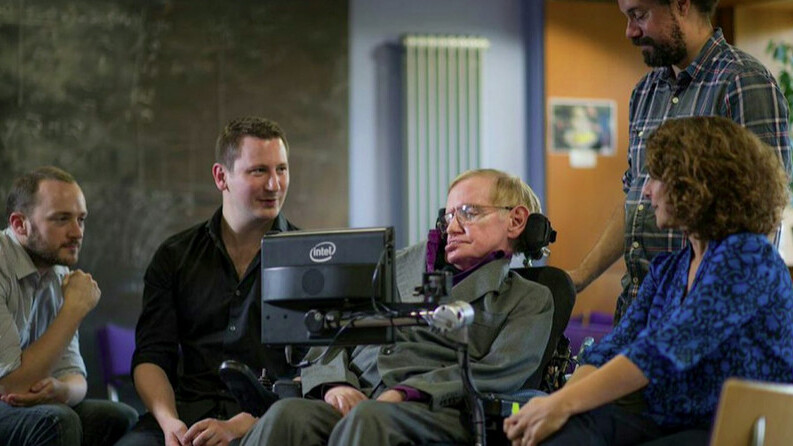
Stephen Hawking’s speech system is now available to the public for free as open source code — but there’s one downside — it’s for the PC only.
The Assistive Context-Aware Toolkit (ACAT) — some three years in the making — facilitates the use of computers by folks with physical conditions that limit their movements. The system was created for Professor Hawking, who has ALS, to ease communications by translating his facial movements into text.
The ACAT software uses visual cues from a user’s face to understand commands. Inputs can come from an infrared sensor or a webcam. The system then selects letters to form words, while the software can predict from what the user types. A virtual keyboard lets users select various applications or browse the internet.
However, for users who need more or different help, other input types are under exploration. Intel is currently working with both users and patients in testing the system.
Now that the source code for this toolkit is open, Intel hopes developers will jump in to build similar systems “by adding new user interfaces, new sensing modalities, word prediction and many other features” to assist in communicating via text or software command, according to a post by Intel’s Sai Prasad, the project owner.
To get started, developers will need a PC running Windows XP or higher — there are no plans for ACAT to work on Macs. You can find the software and user guide on Github.
➤ Stephen Hawking’s speech software is now available for free [The Verge]
Read next: Professor Stephen Hawking’s speedy new Intel speech system is built on SwiftKey
Get the TNW newsletter
Get the most important tech news in your inbox each week.



